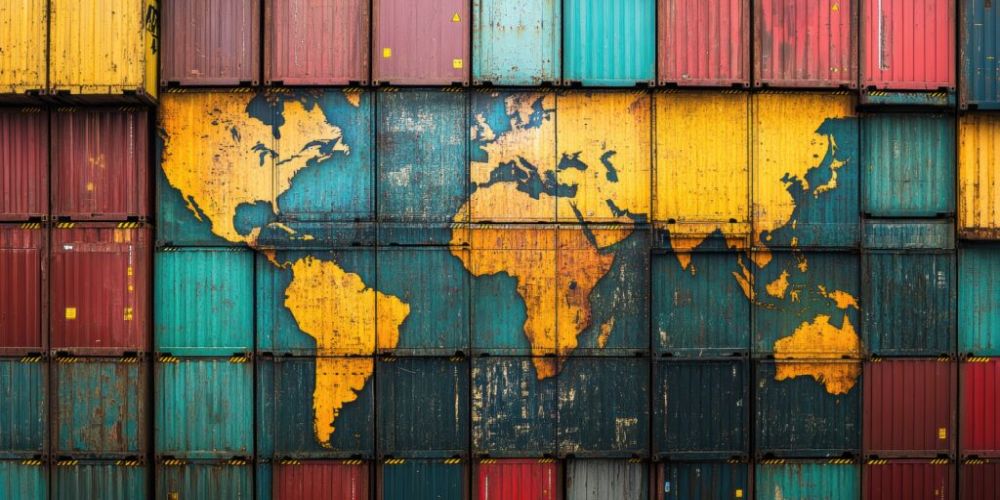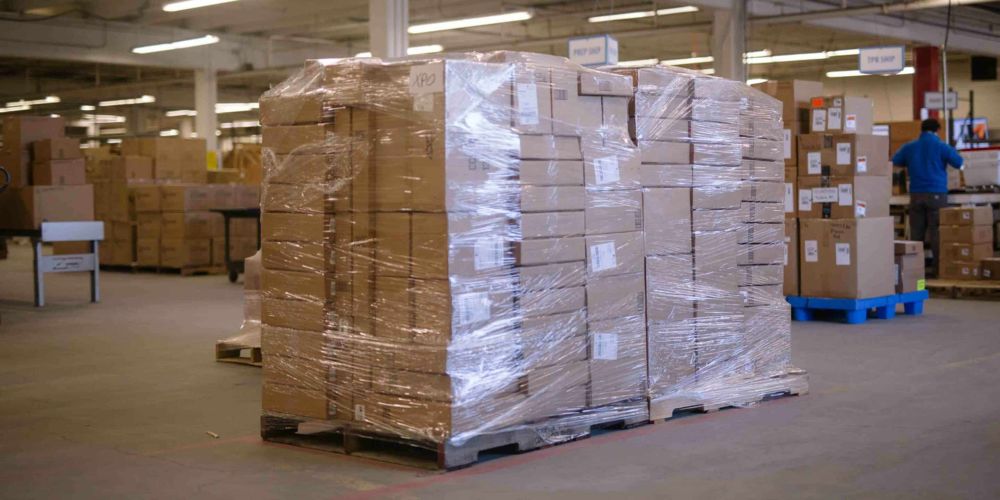In 2025, the global trade landscape is marked by rising tariffs, especially under the recent U.S. trade policies. At first glance, higher import tariffs would seem to stifle e-commerce growth by increasing product costs and complicating supply chains. Yet, surprisingly, e-commerce continues to surge. This paradox is driven by how businesses and consumers are rapidly adapting to the new trade environment, finding ways to maintain momentum despite rising costs.

One key factor fueling e-commerce growth is the strategic shift in sourcing and supply chains. Many online retailers are diversifying their suppliers, moving away from high-tariff countries like China to lower-tariff regions such as Vietnam, India, or even domestic manufacturers. This diversification helps mitigate the impact of tariffs on product prices and availability. Additionally, companies are optimizing fulfillment strategies—using localized warehouses and omnichannel approaches—to reduce shipping costs and delivery times, keeping customers satisfied and prices competitive.

Consumers themselves are also playing a significant role. The convenience, variety, and speed offered by online shopping remain highly attractive, even when prices rise slightly due to tariffs. Moreover, the removal of duty-free exemptions for small parcels has formalized many imports, increasing the visibility and scale of e-commerce transactions. Many shoppers are also accelerating purchases ahead of expected price hikes, temporarily boosting sales volumes. Social commerce and mobile shopping trends further sustain demand, making e-commerce an integral part of everyday life.

Finally, the temporary suspension of tariffs for over 75 countries seeking trade agreements with the U.S. provides a window of relief for many importers, allowing cross-border e-commerce to flourish during negotiations. Coupled with data-driven pricing and inventory strategies, this flexibility enables businesses to absorb or strategically pass on costs without losing customers. In essence, e-commerce’s resilience amid rising tariffs comes down to innovation, agility, and evolving consumer behavior—proving that even in a protectionist trade climate, online retail can thrive.

#EcommerceGrowth #TradeTariffs #SupplyChain #OnlineShopping #GlobalTrade #RetailInnovation #TariffImpact #ConsumerBehavior #CrossBorderTrade #DigitalCommerce #BusinessAdaptation #TradeNegotiations #2025Trends #EcommerceStrategy #MarketResilience
